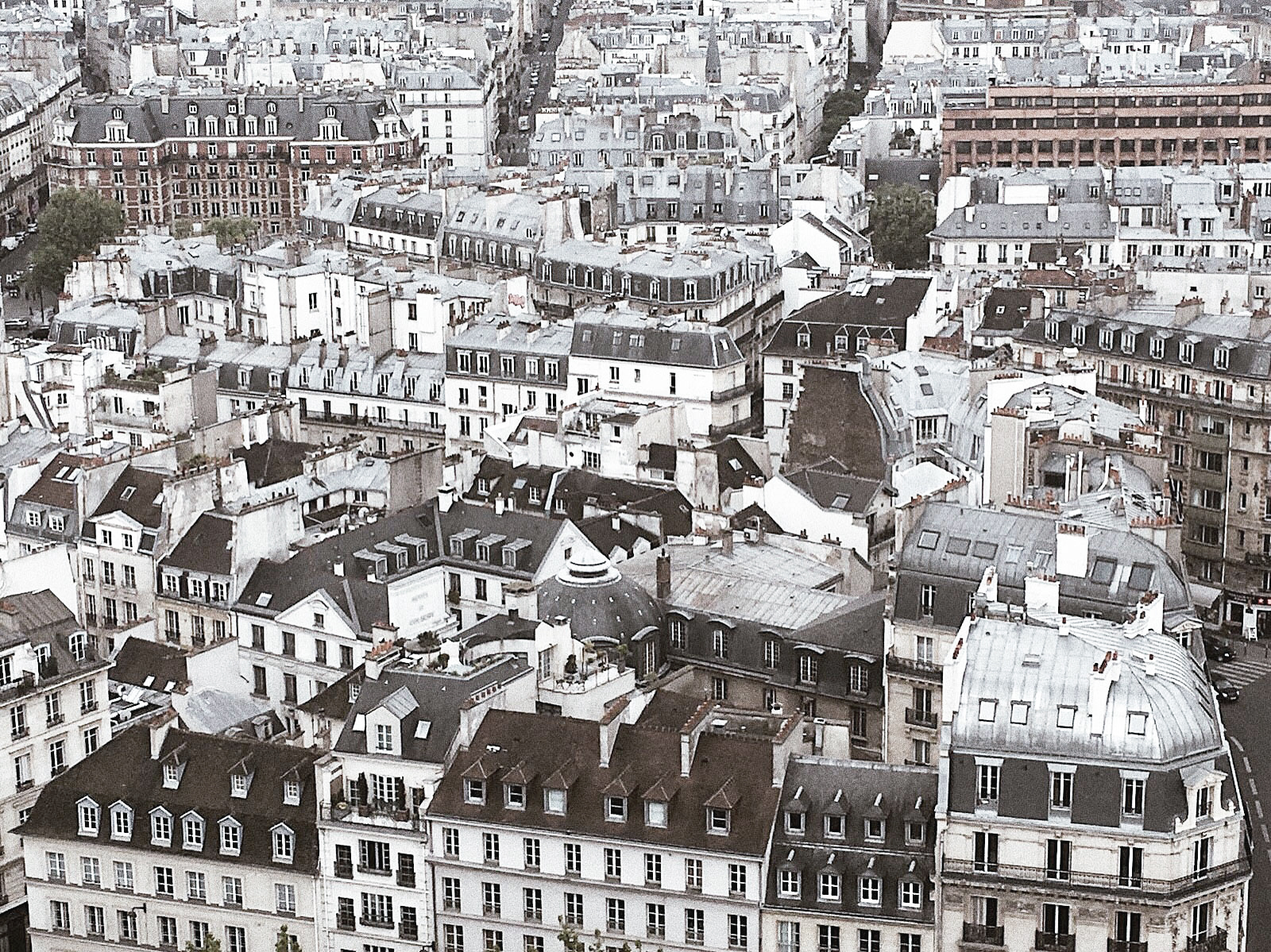
Uploaded on 2017-05-30 by Iulia Dorobantu
Hello! So, i took this photo last week while going up on the roof of the Notre Dame Cathedral, in Paris, with a friend of mine. I like this photo a lot because, from the beginning, you really feel the presence of the built mass in the city and the really big density of it. In the same time, on the moment, it made me stay and wonder about the interior life that happens on the other side of the facades, which was very interesting (and also it could be consider as a hidden information). This is one of the things that I would really like to see and discover. VISIBLE / What we can see at a first glance, is all the built tissue of the city, which, like I said before, is very dense and rich. We can also notice where the streets pass between the buildings and see the cars present. Also, even though is not so visible, we can sort of imagine all the passage of the street network that cuts between the constructions. In the same time, we clearly see a great amount of windows, roofs and chimneys. Nature also has a few appearances, without being a strong presence in the landscape. INVISIBLE / What we cannot see when we look at this picture, is the great amount of energy consumed by both the people living in the area and the infrastructure of the city. This would definitely have an influence on the planning of the city and the values needed in order to be able to sustain the life of it. In the same time, especially when it comes to Paris, the underground system is a big presence and actor of the city, being always used a lot and very crowded. The metro network is covering the whole ground of the city, connecting every part of it. Not only it's visible in the image of the city just by its points of access, which, in my opinion, are already hidden and part of the image of the street, but, looking from above like in this situation, is completely invisible. This is quite interesting, when you compare with the whole network that is happening under the visible that's in front of you. The underground system could give us information about the number of people that are using the metro everyday, both tourists and actual dwellers of the area. For such a touristic city it's a very valuable information in order to create a livable urban space for both categories. It seemed interesting for me to detail this point, especially because of the actual planning made for the next years for Paris, in which the metro infrastructure has a big role and influence.